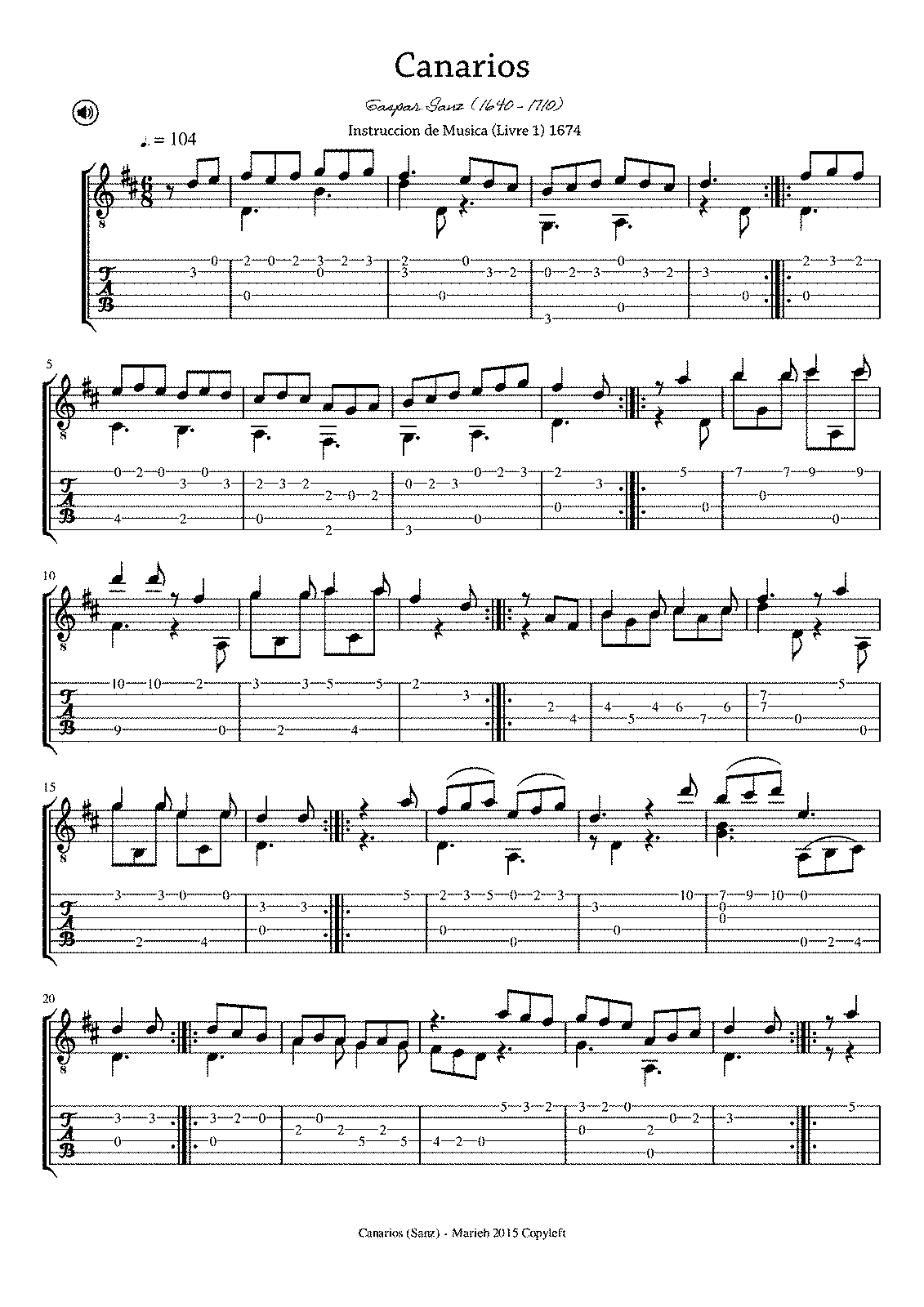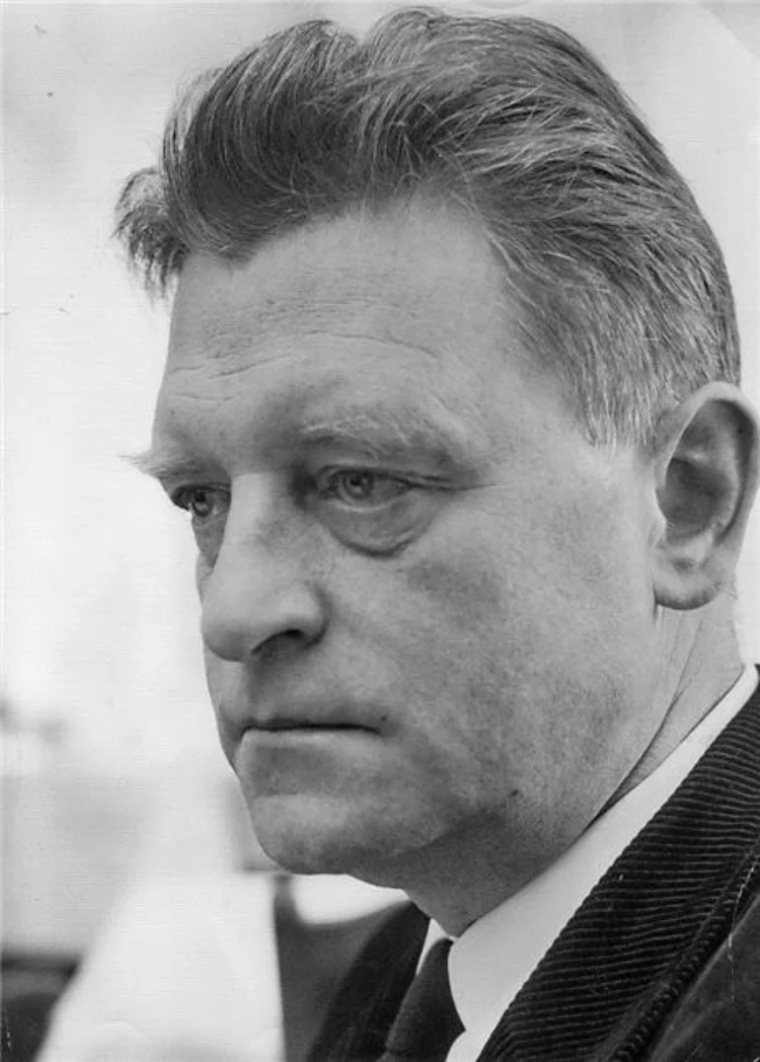Henry Purcell (1659 - 1695): «Thy hand, Belinda», recitativo, e «When I am laid in earth», aria di Didone, dal III atto dell’opera Dido and Aeneas (1688). Jessye Norman (1945 - 30 settembre 2019), soprano; English Chamber Orchestra, dir. Raymond Leppard.
Thy hand, Belinda, darkness shades me,
On thy bosom let me rest,
More I would, but Death invades me;
Death is now a welcome guest.
When I am laid in earth,
May my wrongs create
No trouble in thy breast;
Remember me, but ah! forget my fate.







